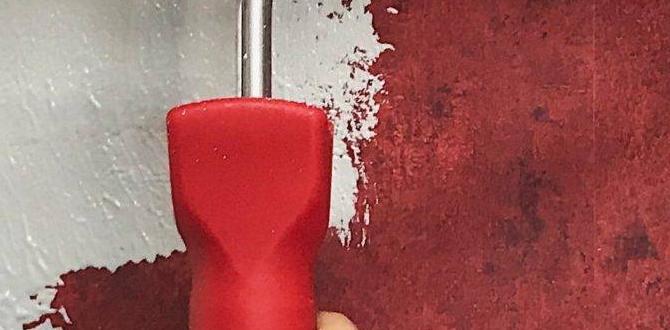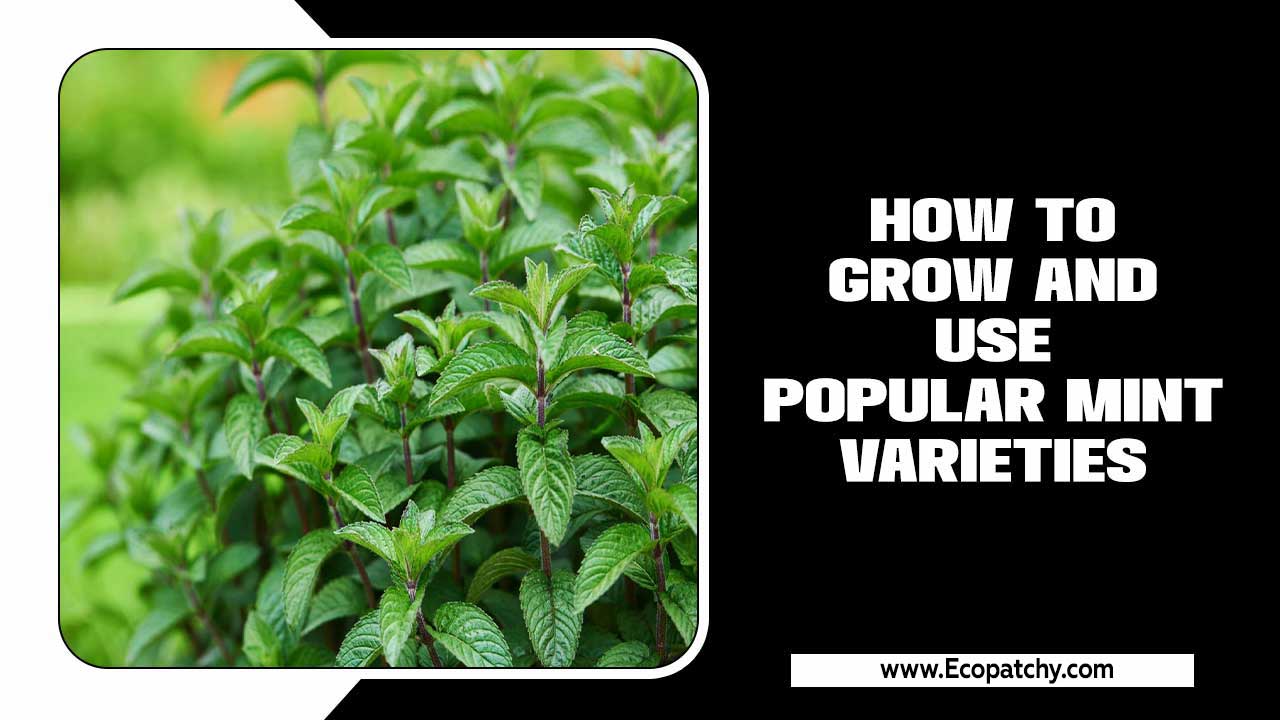Do you love getting your hands dirty in the garden? If so, you might be surprised by how important clay for gardening can be. Many gardeners overlook clay, thinking it only makes soil hard. But did you know clay can be a gardener’s secret weapon?
When mixed with other types of soil, clay helps hold moisture. This means your plants stay hydrated longer, especially in dry weather. Imagine watering once a week instead of every day!
Let’s think about it. Have you ever touched a soft, damp ball of clay? It feels smooth and cool. Just like that, good clay for gardening can improve your soil’s texture. This can make a real difference for your flowers and vegetables. What if using clay could help your garden thrive?
In this article, we will explore the benefits of clay for gardening. We’ll show you how to use it wisely. By the end, you might just discover a newfound love for this earthy material! Get ready to dig in!
Discover The Best Clay For Gardening Enthusiasts
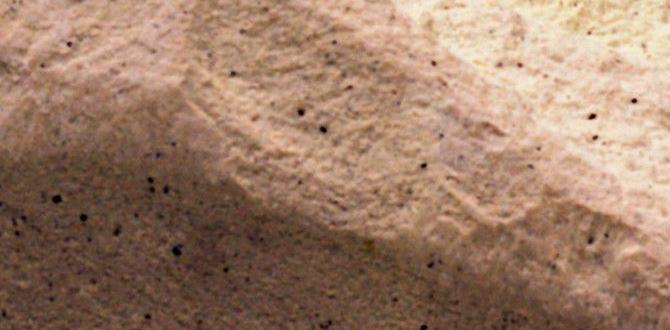
Clay for Gardening
Clay is a unique material that can enhance your gardening experience. It retains moisture, which helps plants thrive in dry conditions. However, too much clay can lead to poor drainage, making it hard for roots to grow. Mix clay with organic matter like compost to improve its texture. Did you know that some plants actually prefer clay soil? Using clay wisely can create a healthy garden full of vibrant life. Wouldn’t it be fun to try out different planting methods with clay?Understanding Clay Soil
Characteristics of clay soil. Advantages and disadvantages of clay in gardening.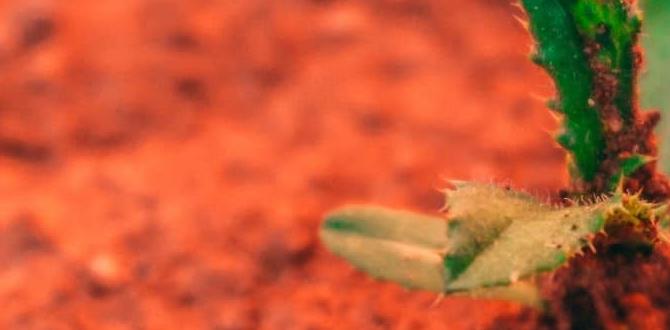
Clay soil is like that friend who shows up to a party but doesn’t always fit in. It’s very dense and holds water well, making it both a friend and foe for gardeners. On the plus side, it provides plenty of nutrients to plants. But when it rains, it can become a squishy mess. Here’s a quick look:
| Advantages | Disadvantages |
|---|---|
| Nutrient-rich | Poor drainage |
| Ideal for certain plants | Can become compacted |
| Holds moisture well | Takes time to warm up |
So, when gardening in clay, it’s best to add some friends—like sand or compost—to spice things up. Remember, even clay has its perks if you handle it right!
Types of Clay Suitable for Gardening
Different types of clay and their properties. Best clay types for specific plants.Not all clay is created equal! For gardening, two main types shine: Montmorillonite and Kaolinite. Montmorillonite is great for holding moisture, making it a favorite for thirsty plants like succulents. Kaolinite drains better and is perfect for vegetables. Let’s not forget about the magical mix of clay and compost for the best of both worlds!
| Clay Type | Best For |
|---|---|
| Montmorillonite | Succulents |
| Kaolinite | Vegetables |
Whether you’re nurturing a cactus or growing carrots, knowing your clay can help plants thrive. So grab that trowel, and remember, clay isn’t just for making pots—it’s a gardener’s secret weapon!
How to Improve Clay Soil for Gardening
Methods to amend clay soil. Organic material and soil structure improvement.Improving clay soil is easy and can help your garden thrive. To make the soil better, you should add organic materials. These include things like compost, well-rotted manure, and leaves. They create air pockets and enhance drainage. Here’s how to improve your clay soil:
- Add compost to nourish plants.
- Use sand to break up compacted soil.
- Mix in peat moss for better water retention.
- Grow cover crops to keep the soil healthy.
These techniques can turn heavy clay into a rich, thriving ground for your plants!
How can I amend my clay soil?
You can amend clay soil by adding organic matter like compost or peat moss. These materials improve soil structure and drainage.
Best Plants for Clay Soil
Recommended plants that thrive in clay conditions. Tips for planting and maintaining clayfriendly plants.
Clay soil can be tricky, but many plants love it! Here are some plants that do well in clay:
- Daylilies
- Black-eyed Susans
- Butterfly Bush
- Coneflowers
- Astilbes
Planting tips include:
- Break up the clay soil before planting.
- Add compost to help drainage.
- Water well during dry spells.
With these tips, your garden will flourish in clay soil!
What types of plants grow best in clay soil?
Many plants like daylilies and coneflowers thrive in clay soil. They can handle the heavy texture and are easy to grow.
More tips for clay-friendly plants:
- Choose native plants for better adaptation.
- Mulch around plants to keep moisture in.
Water Management in Clay Gardening
Understanding drainage issues in clay soil. Techniques to enhance water retention and drainage.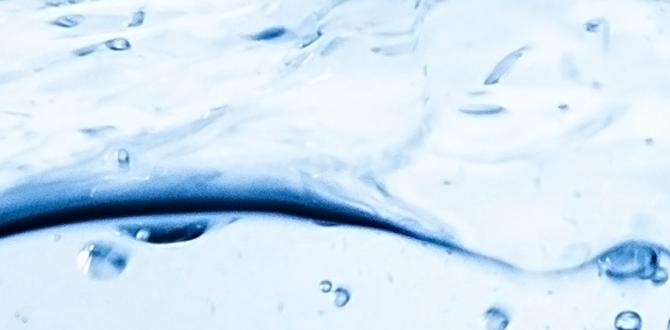
Clay soil holds water well but can create drainage problems. This means water may stay too long, harming plants. Understanding how to work with clay is key. Here are some techniques to improve it:
- Add organic matter like compost. It helps water and air flow better.
- Create raised beds. They let excess water drain away.
- Use mulch to keep moisture but prevent too much soaking.
- Mix in sand or perlite to enhance drainage.
What are common drainage issues in clay soil?
Common drainage issues include puddling water, root rot, and poor aeration.How can I improve water retention in clay soil?
You can improve water retention by adding compost and mulch, which help keep moisture available for plants.Fertilizing and Nutrient Management in Clay Soil
Nutrient availability in clay. Best practices for fertilizing clay gardens.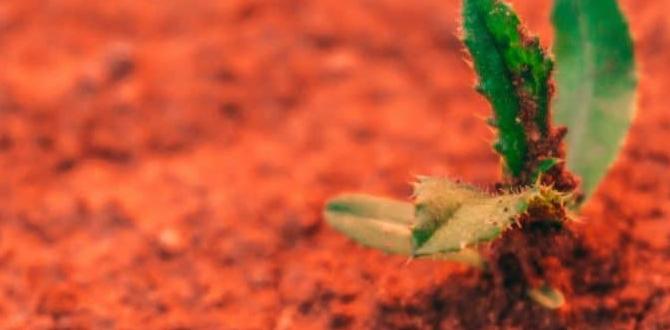
Clay soil often holds onto nutrients well. However, it can be slow to release them. Plants in clay need a balanced diet to grow strong. Here are some helpful tips for fertilizing your clay garden:
- Test your soil to know what it lacks.
- Use slow-release fertilizers for steady nutrition.
- Add organic matter like compost to improve soil quality.
- Avoid over-fertilizing, as this can harm plants.
These methods help provide nutrients while keeping your plants healthy and happy. Remember, a healthy garden starts with healthy soil!
What nutrients does clay soil need?
Clay soil often needs nitrogen, phosphorus, and potassium. Adding compost also helps boost essential trace minerals.
Common Pests and Diseases in Clay Gardening
Pest identification specific to clay environments. Natural and chemical control methods.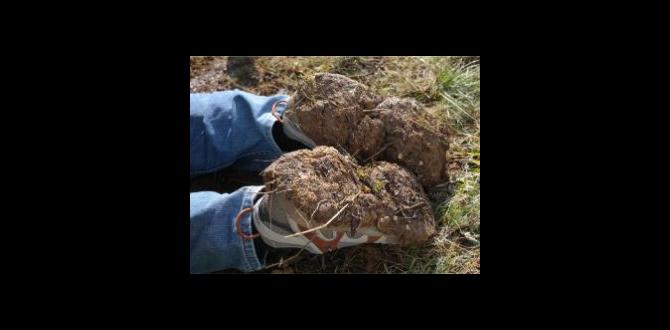
Gardening in clay can invite some tricky pests and diseases. These can harm your plants if not taken care of. Common pests include slugs, aphids, and root rot. However, you can control these issues in two main ways:
- Natural Control: Use ladybugs to eat aphids. Sprinkle diatomaceous earth to deter slugs.
- Chemical Control: Apply insecticidal soap for quick results. Use fungicides for diseases.
Always check your plants often. Catching problems early helps save your garden!
What are common pests in clay gardening?
Common pests include slugs, aphids, and whiteflies. These pests thrive in clay soil and can harm your plants if left unchecked.
Seasonal Care and Maintenance of Clay Gardens
Yearround care tips tailored for clay soil. Seasonal challenges and how to overcome them.
Caring for clay gardens all year can be easy with a few tips. Clay soil holds nutrients well but can be tough to work with. In spring, add organic matter like compost to improve soil texture. Summer may bring hard, dry clay. Water deeply and regularly to keep roots happy. In fall, clear away debris and mulching can help preserve moisture. Winter care includes covering plants to protect them from frost.
- Spring: Add compost for better texture.
- Summer: Water deeply and regularly.
- Fall: Clear debris and use mulch.
- Winter: Protect plants from frost.
How can I improve clay soil?
Add organic matter like compost. This makes the soil lighter and better for plants.
Conclusion
In summary, clay is great for gardening! It holds water and nutrients, helping plants grow strong. You can improve clay by mixing in compost or sand. This makes it easier for roots to spread. Try these tips in your garden for better results. For more tips and ideas, read more about soil types and plant care! Happy gardening!FAQs
Sure! Here Are Five Related Questions On The Topic Of Clay For Gardening:Clay is a type of soil that is very sticky when wet. It holds water well, which can help plants grow. However, too much clay can make it hard for roots to breathe. You can mix it with sand or compost to make it better for gardening. This helps the soil drain and lets air in for healthy plants.
Sure! Please provide the question you’d like me to answer.
What Are The Benefits Of Using Clay Soil In Gardening, And How Does It Affect Plant Growth?Clay soil has many benefits for gardening. It holds water well, so your plants get enough moisture. It is rich in nutrients, helping plants to grow strong. Clay soil can also keep roots stable and safe. With the right care, plants in clay soil can thrive!
How Can Gardeners Improve The Drainage And Aeration Of Heavy Clay Soil?To improve drainage and aeration in heavy clay soil, you can mix in organic matter like compost. This helps the soil stay loose. You can also add sand or fine gravel to make it drain better. Lastly, try planting cover crops, like clover, which help break up the soil.
What Types Of Plants Are Best Suited For Clay Soil Conditions?If you have clay soil, some plants do really well in it. You can try native plants like coneflowers and black-eyed Susans. Vegetables like tomatoes and carrots can also grow in clay soil. Shrubs like dogwoods and willows are good choices too. These plants can handle the heavy, sticky soil better than others.
How Can Organic Matter Be Effectively Incorporated Into Clay Soil To Enhance Its Fertility?To make clay soil better, we can add organic matter like compost or well-rotted leaves. First, you dig small holes in the soil. Then, mix the organic matter into the holes. This helps the soil hold water and nutrients. Finally, plant your flowers or vegetables in the enriched soil!
What Are Some Common Challenges Associated With Gardening In Clay Soil, And How Can They Be Addressed?Gardening in clay soil can be tough. It holds too much water, which can make plants rot. The soil also gets hard and dry, making it hard for roots to grow. You can fix clay soil by mixing in compost or sand. This helps it drain better and makes it easier for plants to grow.
{“@context”:”https://schema.org”,”@type”: “FAQPage”,”mainEntity”:[{“@type”: “Question”,”name”: “Sure! Here Are Five Related Questions On The Topic Of Clay For Gardening:”,”acceptedAnswer”: {“@type”: “Answer”,”text”: “Clay is a type of soil that is very sticky when wet. It holds water well, which can help plants grow. However, too much clay can make it hard for roots to breathe. You can mix it with sand or compost to make it better for gardening. This helps the soil drain and lets air in for healthy plants.”}},{“@type”: “Question”,”name”: “”,”acceptedAnswer”: {“@type”: “Answer”,”text”: “Sure! Please provide the question you’d like me to answer.”}},{“@type”: “Question”,”name”: “What Are The Benefits Of Using Clay Soil In Gardening, And How Does It Affect Plant Growth?”,”acceptedAnswer”: {“@type”: “Answer”,”text”: “Clay soil has many benefits for gardening. It holds water well, so your plants get enough moisture. It is rich in nutrients, helping plants to grow strong. Clay soil can also keep roots stable and safe. With the right care, plants in clay soil can thrive!”}},{“@type”: “Question”,”name”: “How Can Gardeners Improve The Drainage And Aeration Of Heavy Clay Soil?”,”acceptedAnswer”: {“@type”: “Answer”,”text”: “To improve drainage and aeration in heavy clay soil, you can mix in organic matter like compost. This helps the soil stay loose. You can also add sand or fine gravel to make it drain better. Lastly, try planting cover crops, like clover, which help break up the soil.”}},{“@type”: “Question”,”name”: “What Types Of Plants Are Best Suited For Clay Soil Conditions?”,”acceptedAnswer”: {“@type”: “Answer”,”text”: “If you have clay soil, some plants do really well in it. You can try native plants like coneflowers and black-eyed Susans. Vegetables like tomatoes and carrots can also grow in clay soil. Shrubs like dogwoods and willows are good choices too. These plants can handle the heavy, sticky soil better than others.”}},{“@type”: “Question”,”name”: “How Can Organic Matter Be Effectively Incorporated Into Clay Soil To Enhance Its Fertility?”,”acceptedAnswer”: {“@type”: “Answer”,”text”: “To make clay soil better, we can add organic matter like compost or well-rotted leaves. First, you dig small holes in the soil. Then, mix the organic matter into the holes. This helps the soil hold water and nutrients. Finally, plant your flowers or vegetables in the enriched soil!”}},{“@type”: “Question”,”name”: “What Are Some Common Challenges Associated With Gardening In Clay Soil, And How Can They Be Addressed?”,”acceptedAnswer”: {“@type”: “Answer”,”text”: “Gardening in clay soil can be tough. It holds too much water, which can make plants rot. The soil also gets hard and dry, making it hard for roots to grow. You can fix clay soil by mixing in compost or sand. This helps it drain better and makes it easier for plants to grow.”}}]}


